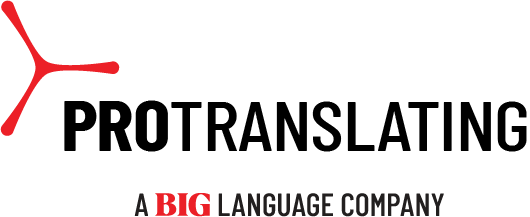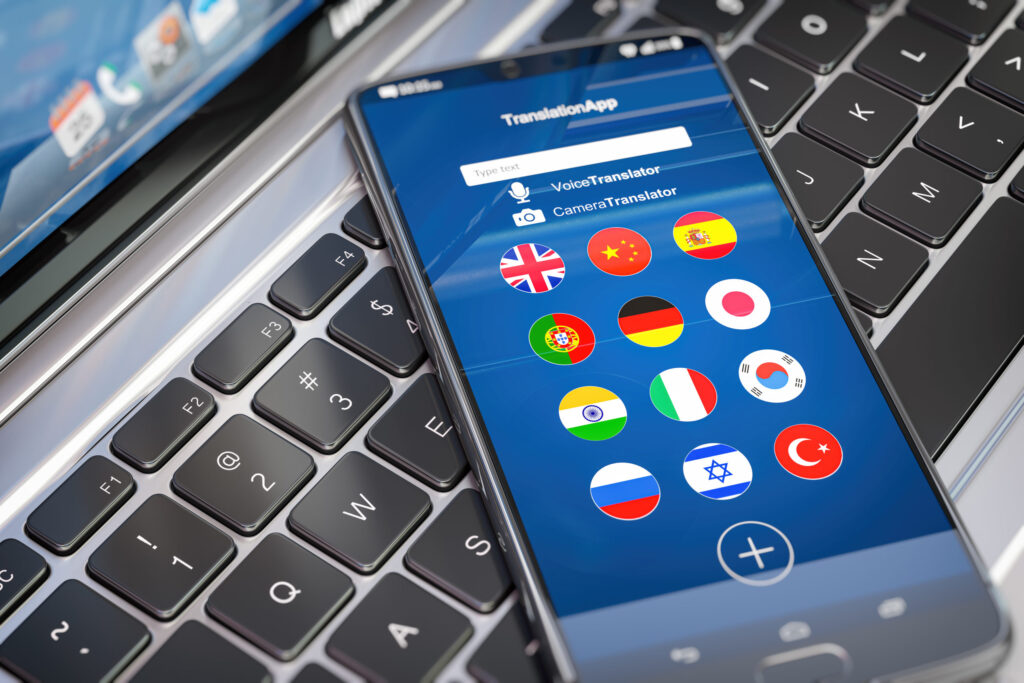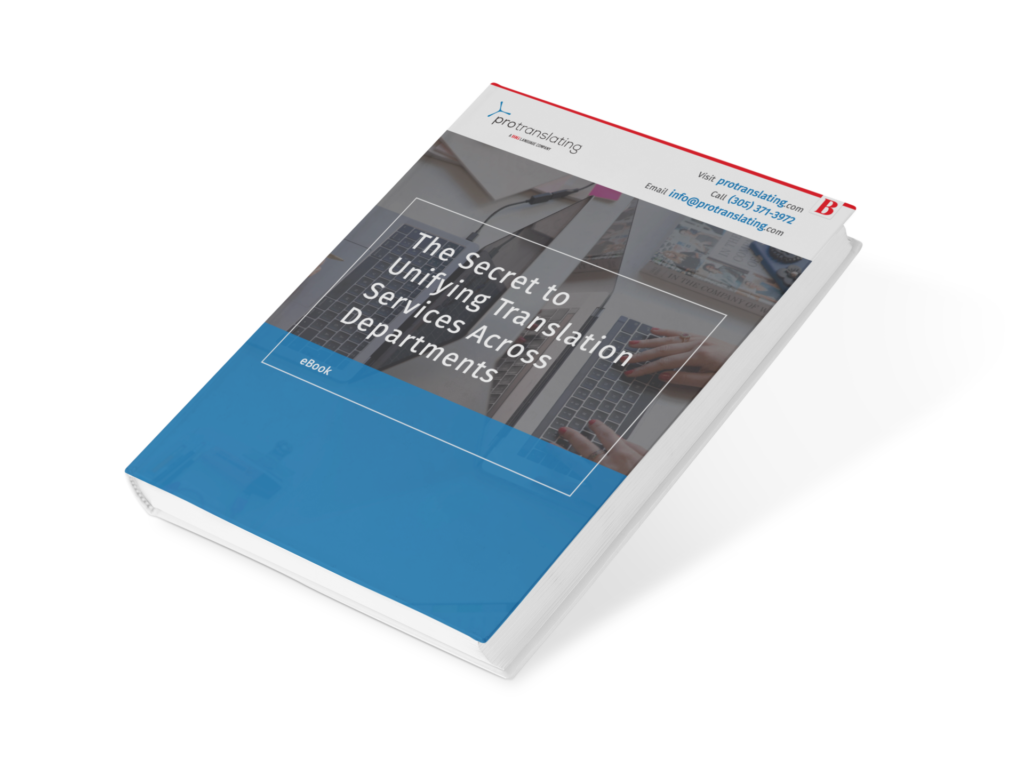Since the Covid-19 pandemic hit in early 2020 – effectively shutting down many traditional brick and mortar stores – a significant portion of buying and selling became digital out of necessity.
Given the sensitive nature of the corporate and/or legal tasks that Language Service Providers (LSPs) are engaged to deliver, you would think data and process security would be crucial concerns. All too often, however, security is considered secondary to productivity in our industry with confidential and sensitive data routinely shared and stored on insecure personal computers/servers/devices in a range of different countries.
This rapid change in selling behavior has opened up new markets worldwide in previously unimagined locations. Going global has helped many businesses to thrive during the pandemic. To attract a wider audience, it’s vital to ensure that all of your digital assets are available in the preferred language of your customers.
Providing user guides, labels, and manuals in the appropriate language is equally important for your business. Ensuring these technical documents are accurately translated and helpful to the end-user is essential. This is where you’ll need a technical translator’s help.

Expert Technical Translation, and Why You Need It?
The language involved in the fields of science, manufacturing, and engineering is extremely technical, requiring absolute precision and impeccable accuracy. Mixing up a microgram with a milligram could have disastrous consequences if you were manufacturing pharmaceuticals.
When you are dealing with complex data, you need a translator who is not only fluent in the target language and understands the country-specific nuances, but one who is also an expert in the subject matter.
Technical translation is highly specialized and involves the translation of scientific, software-related, or engineering-based documents. It may also include detailed medical data sheets or manufacturing processes and chemical formulations.
Examples of documents that would require a technical translation include:
- Patent translations – may be needed as part of a claim, dispute, or a description for an application.
- User manual translations are the most common document requiring technical translation and need to be translated by subject matter experts with industry experience.
Other documents that would be within the scope of a technical translation service provider in the manufacturing sector could include:
- Material safety data sheets
- Marketing materials
- Product labeling, packaging, and catalogs
- Product specifications
- Service, maintenance, and policy manuals
- Technical reports
- Website translation
- eLearning

How technical translations differ from general translations
Technical translations differ from general translation projects in several ways. First, a general translation doesn’t require specialized or industry-specific knowledge to successfully translate a document. As long as the translator is experienced and fluent in both languages, there shouldn’t be a problem.
Additionally, because general translations are usually straightforward, the time needed is less than that required for a technical or specialized document. It is worth noting that any form of translation isn’t just about substituting a word from one language into another, but is an intricate, subjective process that ensures the finished document is culturally sensitive and appropriate for the target audience.
The technical translation process is more in-depth, requiring specialized techniques to ensure the translation is accurate, consistent, and nuanced to the target language. In technical translations, consistency is vital. Translators will use a glossary containing the technical field’s key terminology to achieve consistency throughout the document.
A translation glossary may also contain other information, such as context, definitions, and parts of speech, to give the translator as much information as possible. Words with similar meanings that can be used differently depending on the context may also be included to streamline the process and ensure consistency.
An additional resource that is used by technical translators to reduce translation time and ensure consistency across the range of documents is a translation memory tool. The translation memory tool is a database of source and target phrases that a linguist has previously translated and added to overtime. Irrespective of who the translator is or when the translation is happening, even years later, the preferred translation of keywords and phrases will be in the translation memory to speed up the process, create cost savings, and improve consistency.
In some instances, it may be appropriate to use machine translation. However, a machine-translated document must be thoroughly reviewed by a technical translator with subject matter experience to ensure accuracy and consistency.

Summary
Technical translations will always take longer due to the complexity of the material being translated. Additionally, the linguist’s requirement is thoroughly versed in the subject matter, and the source and target languages require a specialized translator. Finally, the need for absolute precision and accuracy in the translation necessitates extra care and attention by the linguists.
Protranslating is the ideal technical translation and localization specialist to take your brand global and open up new markets around the world. Contact us today to find out more.







